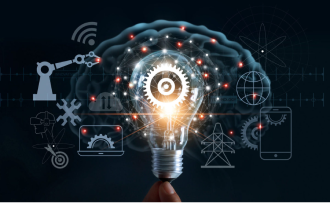The availability of water is one of the biggest global challenges now facing us. Water demand exceeds supply in many parts of the world. We have to find better, more energy-efficient and cost-effective solutions for managing the entire water cycle.
One part of this solution is Desalination. Desalination is one of the most energy intensive areas of the water and wastewater industry; although it produces less than 1 percent of the world’s fresh water, it accounts for around 5 percent of the industry’s electricity use. During desalination, it is the pumping processes which use the most energy. This includes, for example, raising sea water to the level of the facility, high-pressure desalting with semi-permeable membranes, and high-pressure pumping for reverse osmosis. The energy required to run high pressure pumps accounts for approximately 25 to 40 percent of the overall cost of desalinated water.
Thanks to advances in technology, reliability, and economies of scale, the average capacity of desalination plants has increased from producing 100,000 cubic meters of desalting water per day to 500,000 cubic meters a day. This is expected to grow even further due to the effects of climate change. Motors represent one of the major energy consumption elements in big desalination plants. Typical main applications are seawater intake pumps, high pressure pumps, and booster pumps. So how can you reduce your cost of ownership of this element?
On World Water Day 2023, we would like to invite you to join Luca Rizzo, Industry Manager, ABB at this webinar where he will discuss the challenges and available solutions that utility companies face in Desalination and give valuable actionable insight into how ABB’s water professionals tackle the kinds of challenges you face every day.
Key Learning Objectives:
- Desalination market trends
- High Energy intensive process
- Key application for MV electric motors
- How we can optimize the cost of a desalination plant



